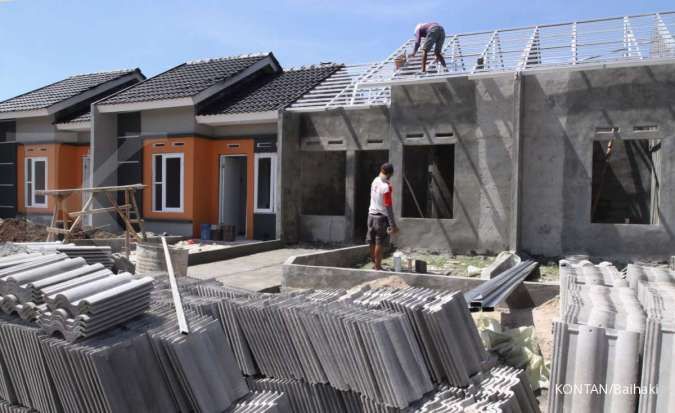The demand for Home Ownership Loans (KPR) in 2023 is predicted to continue to limited grow. The national economic recovery is the main cause of this growth, but purchasing power is still not high.
Segara Institute Executive Director Piter Abdullah said that the housing market and home ownership will increase in line with the economic recovery due to the easing of the Covid-19 pandemic, driven by high commodity prices.
However, he projects that growth will still be limited because the condition of the property industry has not fully recovered.
“Workers and laborers, their purchasing power has not returned to normal. In 2023 it is estimated that the repairs will continue,” he said, Tuesday (13/12/2022).
He added that the increase in the benchmark interest rate that has been carried out in the last few months will also begin to have an impact on bank lending rates, including mortgages.
It is known that Bank Indonesia has again raised the BI 7-Day Reverse Repo Rate (BI7DRR) by 50 basis points to 5.25 percent as of November 2022. As a result, from August to November 2022, the central bank’s benchmark interest rate increased by 175 basis points.
Nevertheless, Piter believes that the distribution of mortgages next year will still be assisted by some programs from the government, both in the form of interest subsidies and insurance.
“The increase in interest rates will also be gradual and limited. Therefore, I expect mortgage loans to grow better in 2023,” said Piter.
Previously, it was estimated that banks would only raise mortgage rates in the second quarter of 2023, or about seven months after the central bank first raised its benchmark interest rate in August this year.
Bank Permata Chief Economist Josua Pardede said that historically, mortgage interest rate adjustments would take place within two to three quarters after BI raised its benchmark interest rate.
Nonetheless, the adjustment time by each bank varies. For banks with fairly good liquidity, the transmission will be longer and longer, and the amount will not be as big as the increase in the BI interest rate.























